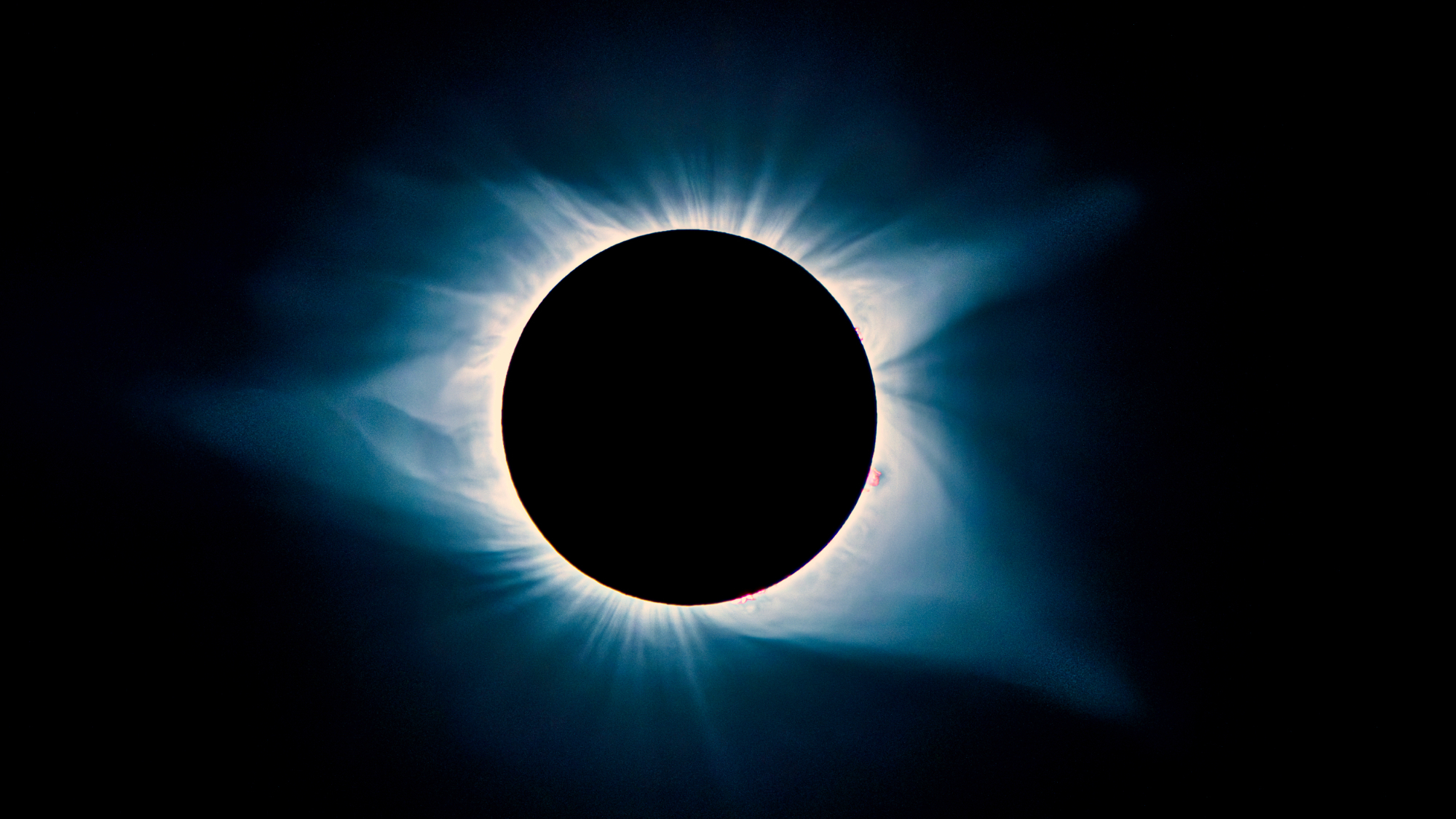
Don't panic! It's April Fools' Day, which means the internet is rife with jokes, including some of the celestial sort. If you happened to stumble across the University of Vermont's (UVM) press release about the April 8 total solar eclipse, your heart might've skipped a beat: "Eclipse Path and Date Miscalculated," reads the headline.
Well, that certainly caught our attention.
Diving into the press release, it states that "[b]y failing to account for the time it takes light to travel from the sun, a laser-based model led by the U.S. National Observatory’s Measurement Alignment and Astronomy Ministration [NO-MA'AM], has been shown to be off by seven days and 1,843 miles." And that means "it’s coming at us, like, now,” Sarah Phillips, part of UVM's Class of 2025, said in the statement.
Related: Solar eclipse viewing through history: A roundup of some of the best photos
NO-MA'AM, indeed. Fortunately, the release is all just one big April Fools’ Day joke. Still, we wouldn't blame you for being concerned!
Predicting eclipses is very much a precise science, but, on the bright side, humans have pretty much perfected the math. "Current eclipse forecasts are accurate to less than a minute in time over a span of hundreds of years," explains NASA on an FAQ page about eclipses.
In a nutshell, scientists calculate the geometry and mechanics of the Earth, moon and sun to sort out their relative motion, then feed that information into a computer that crunches the numbers. The computer can then determine the timing of both past and future eclipses.
That said, we truly are on the edge of our seats about the eclipse, not because of its path or timing, but because of potential cloud cover. Though we're still a week out, and forecasts can (and very likely will) change, the current models suggest that much of the path of totality might be affected by cloud cover. But all we can do is wait and see!







